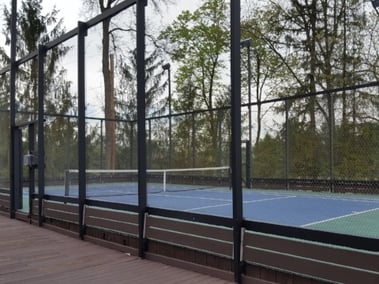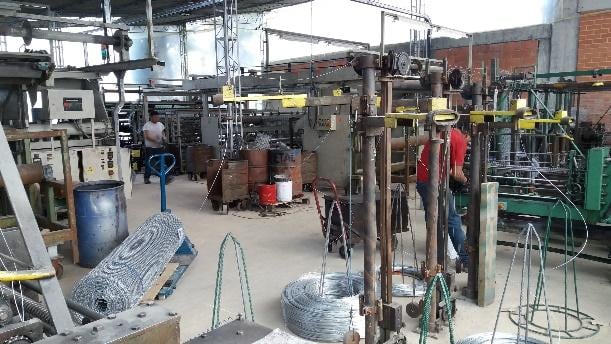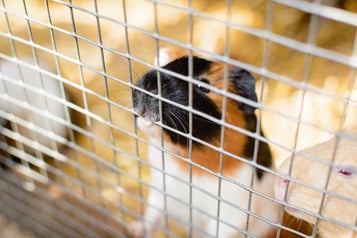Resiliency and Longevity
The screens that surround your Platform Tennis (or platform tennis if you prefer) court are relied upon unceasingly as the ball remains in play. These walls of mesh can take a beating during play, also from the elements, and from ordinary wear and tear. Now there is a superior mesh on the market all over the U.S. (and indeed, internationally) that sets the bar high for the overall resiliency and longevity of a platform tennis court.
Finding the Right Mesh
However, products are flooding the market, in particular, the mass-produced Chinese sources that may be adequate in the short run, but may not stand up in the long haul. Proper galvanization, the tensile strength of the wire and its accurate diameter, and specification of the mesh size are all essential for optimal performance of the game. As the ball hits and bounces off the screen in umpteen directions, the reliability of mesh is key in the moment-to-moment strategizing of the game.
A Developing Company
It is vital that as a court
On to Bogota
With map in hand, we now travel to a small town near Bogota, Colombia named Cajica, where a factory exists that carries on this tradition of creating the finest platform tennis mesh. The identical state-of-the-art machinery, that Betafence has maintained for 28 years, has made the voyage to Cajica and the company Andimallas y Andimetales S.A. has now been established, producing a mesh of that same high quality.
Details that Make the Difference
The installation of these machines was carried out by the same technicians that had been involved in Belgium for generations so that the quality, standards, and specifications have been maintained scrupulously. There are huge advantages of working with this type of mesh: it is smoother, easier to install and it can also be tensioned to have exactly the same rigidity as the galvanized after weave mesh, and the galvanization is stronger than the other galvanization system--240
With a Winning Team
The mesh is known as "Hexa Sport" and Louis Page has exclusive rights to supply and distribute this mesh for the American market. Louis Page is excited to be teamed with the international company Andimallas y Andimetales S.A., a specialist in the production of hexagonal mesh and we endeavor to supply and rejuvenate Platform Tennis courts across the nation. With 125 years in the business, Louis Page stands front and center in its commitment to delivering the finest in mesh and fence products available. With your game hanging in the balance, here is a resilient mesh that will keep that ball in play.
Rolls are in stock and large orders (40 rolls/container) are made to order.









.jpeg?width=358&name=AdobeStock_207045510%20(1).jpeg)







